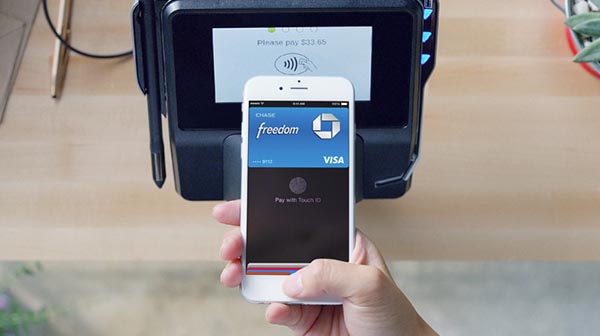
10 Mar Mobility Trends for 2015
It’s no secret that we’re becoming increasingly reliant on our mobile devices; and 2015 will only spur us further along.
Top mobility trends for 2015 include the growth of mobile payment methods, a stronger shift towards web-based tools and mobile device management, and a widening interest in wearable devices.
“We live in a mobile world that is changing at an unparalleled pace, straining the capacity of many enterprises to keep up with the growth.” Jay Sunny Bajaj, DMI founder and CEO.
With mobile devices and tablets predicted to be used more than any other device, 2015 will most likely see further developments in the Internet of Things (IoT). Among these possible developments are the expansion of smaller devices for vehicle management and home automation.
According to mobility solutions leader Digital Management Inc (DMI) trends for 2015 will see a rise in the number of mobile services used to collect location information and customer behaviour. This will be used to shape the consumer experience.
Mobile Payment Advancements
The wallet is soon to shrink if not disappear entirely.
Mobile payment options give customers the convenience to pay at the register in the same way as with their credit card. The ongoing development in loyalty apps gives customers the ability to make transactions in-store through mobile payments.
Apple Pay
Utilises a combination of near field communications (NFC) and Touch ID fingerprinting to authenticate the payment. Only available in the US at just over 200,000 merchants. Requires iPhone 6 or 6 plus.
Samsung Pay
Makes use of NFC in combination with finger printing. Backward compatible with magnetic stripe reader terminals. Samsung say this will work with 30million merchants world-wide. Requires Samsung Galaxy S6 or S6 Edge.
Android Pay
Whilst this is not a product like Apple Pay or Samsung Pay, it is a platform which allows payment products to be built on, for example Google Wallet. Android developers will be able to make use of this platform to build mobile payment apps.
Starbucks Loyalty System
Customers provide their credit card details to the company to facilitate ease of payment through the Starbucks app. Allows the earning of loyalty bonuses, “Shake to Pay” as a method to pay and the ability to digitally tip a barista.
Web-based Tools and Mobile Device Management
Our previous post on Android for Work talked about securing BYO devices in the business space. The popular trend in web-based tools has the following advantages for business;
- Web-based tools allow for containerisation on devices
- IT departments can keep company information secure
- Remote access to devices and software
- Helps facilitate the use of internally created applications and delivery
What Are People Wearing
Wearables, particularly smartwatches, are really taking off as could be seen this year at both CES 2015 and at the Mobile World Congress in Barcelona.
With CES and Mobile World Congress producing standout products such as the Huawei watch and Pebble Time, and the Apple Watch expected to launch in March, expect 2015 to be the year of the smartwatch.
Smartwatches act as an additional interface to your phone, allowing you to receive notifications, control apps and integrate into fitness uses. Most of the watches can be used independently so you can leave the phone at home while going for a run and the watch will sync the results to the phone on your return.
However smartwatches won’t steal all of the spotlight this year. The rise of NFC applications such as keyless entry and payments in-store will prompt further advancements in wearables.
Home Automation and the IoT
With the constant growth of small wireless devices the Internet of Things is an extensively talked about topic. Made up of a wide range of sensors, small electronics and monitoring devices the IoT has evolved into a new playing field for business.
In the realm of home automation these devices in essence become an intranet in the home, powered by the smartphone. Choices in home automation may come down to the platform or hardware preferences as each platform provider also delivers their own partnered hardware.
2015 has already seen the launch of IoT platforms and/or products from most of the major players in the smartphone arena:
Samsung SmartThings
Controls lights, locks, appliances and other connected devices. Customizes alerts to include motion, doors opening and closing and danger.
Google Nest Labs
Controls temperature of home and centres around the smoke alarm which acts as an automation hub.
Apple HomeKit
Utilizes voice commands through Siri to control your home. Uses Apple TV as a network entry point when communicating with the home remotely.
Microsoft Home OS
Supports a wide range of sensors for alerts and monitoring. Controls locks, lights, thermostats and cameras.
Without a doubt the main trend we are seeing in 2015 is the adoption of more portable behaviours in business application and productivity and an increase in connectivity and wearable devices.
“We are no longer in a mobile first world, we are in a mobile only world.” Larry Page, CEO of Google
As the year is still young we will be eagerly following these trends through our blog. Please let us know your thoughts and post your comments.



